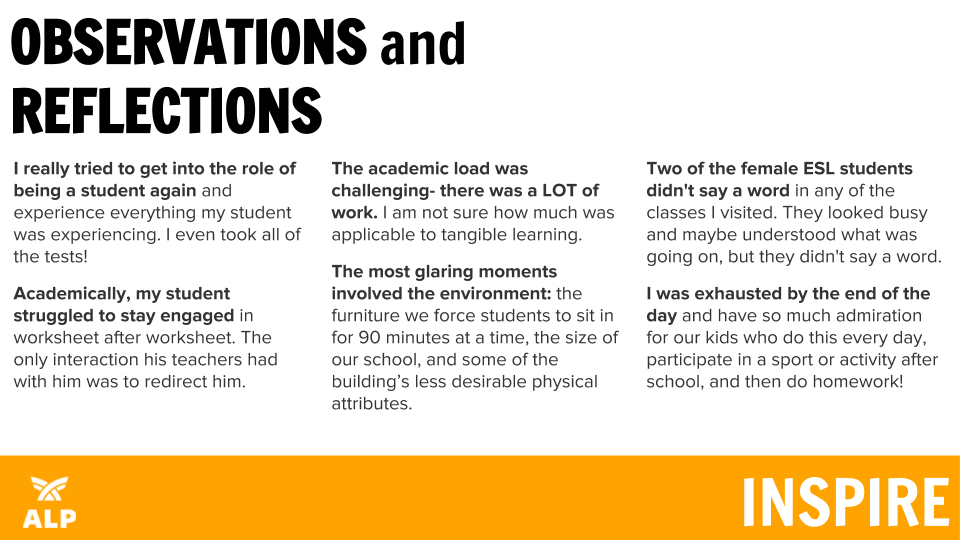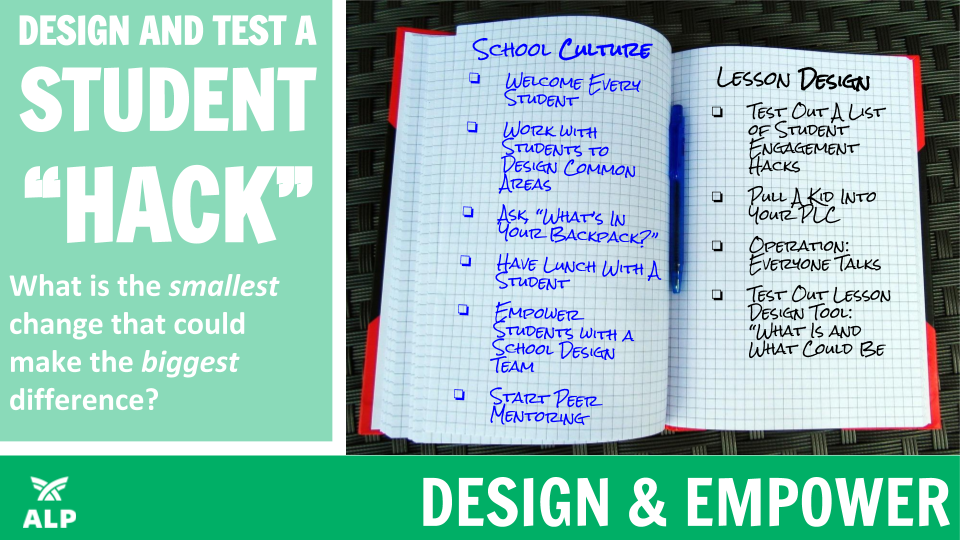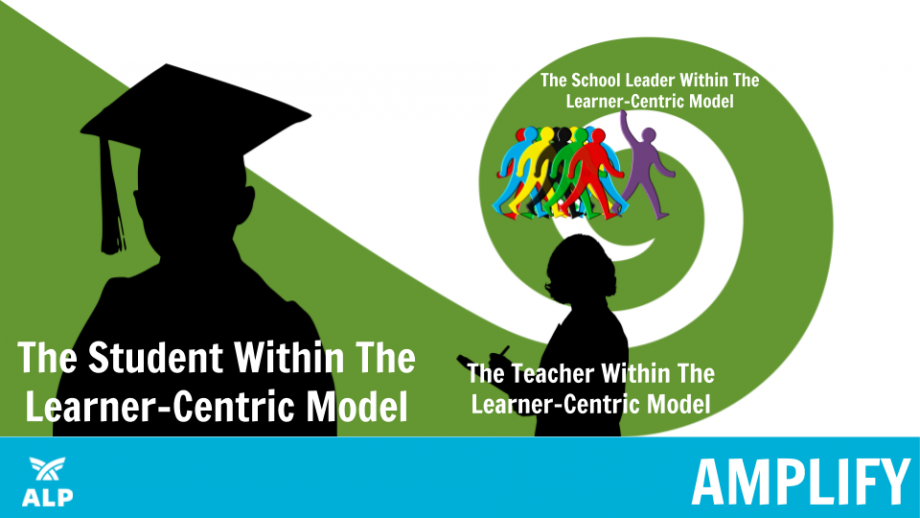Editor’s Note: This post was originally published in ASCD Inservice.
“The school day starts when the first child arrives, and it ends when the last child leaves. Everything that happens in between is ultimately our decision as educators.” – Jennifer Sublette
So much of what happens within a school on any given day- as well as when, where, how, and with whom it happens- gets decided by the adults working inside that school’s walls. School leaders have a pivotal responsibility in regard to those decisions. As Peter Senge writes in The Fifth Discipline, a leader serves less as the captain of his or her metaphorical ship and more as its designer. Their choices ultimately shape every system and every structure that guides and governs the form and function of their school.
A driving question for any designer: To what extent are those decisions serving their intended purpose? To translate from a leadership perspective: To what extent are leaders’ decisions meeting the needs of the students and teachers they serve?
Lake Travis ISD (TX) has taken this concept of Leader As Designer to heart, working together with Advanced Learning Partnerships to apply a design thinking approach as the central spine of their site-based administrators’ professional learning. Here’s the story of the leadership team’s first design cycle, focused specifically on understanding, appreciating, and ultimately improving the experiences of the students they serve within their school communities.
Empathy as a Driver for Change
To kick off the learning cycle, leaders started by seeking to understand the perspectives of specific student populations within their school. Some example drivers of the decisions for their focus:
- What is the school experience like for a student for whom English is not their native language?
- What about a student of the mindset that if our school offered 8 AP classes, she would take 9?
- What about a student in the academic middle- neither struggling academically to be targeted for interventions, nor achieving such that he gets identified for specific enrichment. How are we serving his needs?

These questions and many others inspired engagement in a Shadow a Student Challenge in which each principal committed to spending a school day with a student who fit the criteria of their focus. They would walk the same halls, go to the same classes, even eat the same lunch. Through this experience, leaders would see their schools from their students’ eyes, identifying ways to take action to enhance the learning experience. By the end of the planning session, some principals had already lined up a student partner for their Shadow a Student Day. One principal was even invited to start the day by joining the student’s family for breakfast!
The takeaways from investing the time with- and in some ways as– a student in their school opened their eyes to the everyday experiences of learners in their building. Each administrator’s shadowing opportunity inspired a new way of viewing the systems they had designed in service of learning within the school.

Prototyping Design Solutions
The trends that emerged from their observations and a-has then drove their potential shifts in practice. Each site leader committed to testing out one “hack” in their schools- one small change that could impact student experiences for the better. These hacks generally focused on influencing school culture and reshaping learning environments, as seen below. Team members used their shared learning space in Schoology to commit to each other to take these action steps.

Within the Leadership Team PLCs that followed, participants shared actions taken toward these “hacks” within their schools, as well as the observed impact. The goal of these sessions was not only to follow through on these actionable next steps, but also to develop transformational leaders who embrace the mindset of Leader As Designer in their daily decision-making within their school communities.
From Planning to Designing
With each design cycle that followed- from partnering with teachers to design and facilitate authentic learning experiences to partnering with district administrators to unpack their own needs as school leaders- these school leaders further developed the mindset of a designer. Their embrace of focusing first on understanding change from the user’s perspective has sprung the district’s emerging Learner-Centric Model to life in a way that ensures that what may have started as an initiative instead becomes a way of being.

